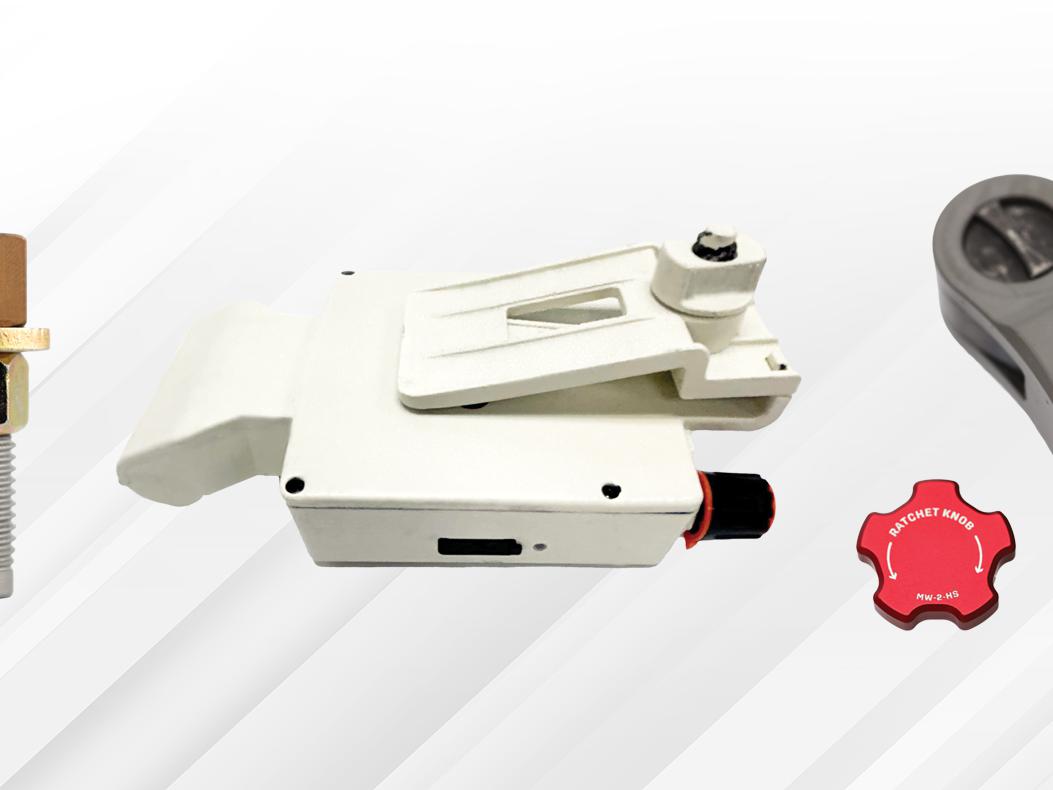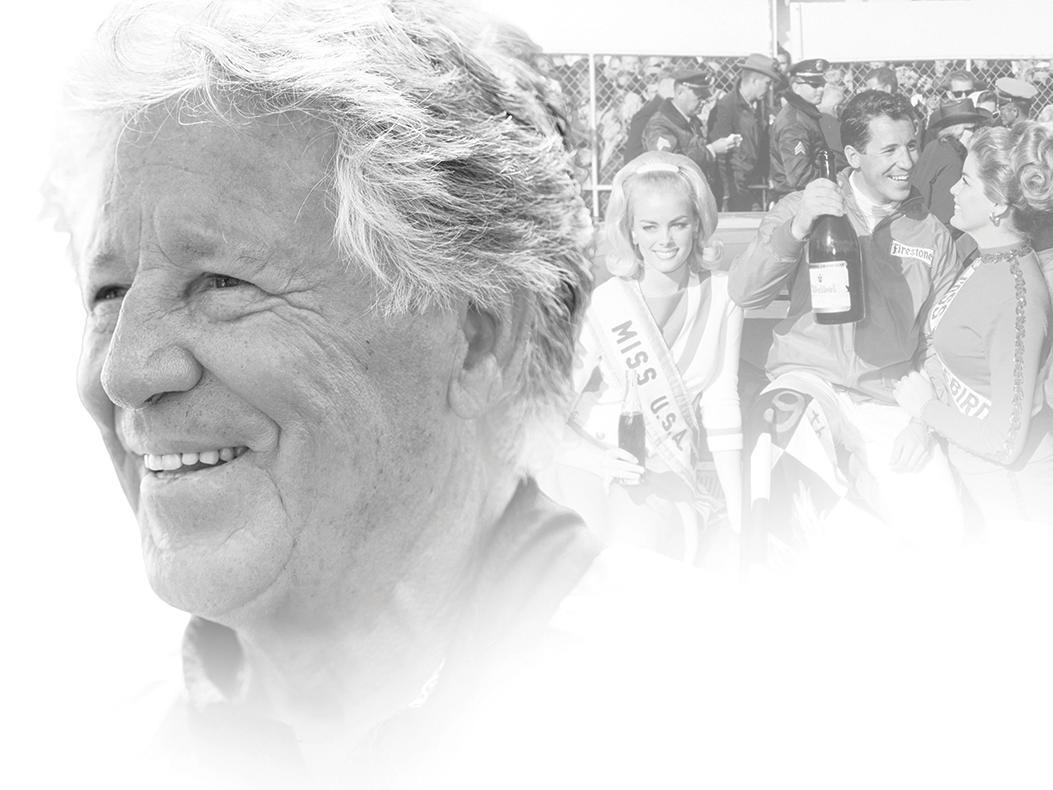Ask the Experts: How To Select A Head-And-Neck Restraint
“Whether it’s a HANS, or a NecksGen, or a Simpson Hybrid restraint, they’re all designed to do the same thing for you and meet the SFI 38.1 standard,” said Simpson’s Trevor Ashline. “The end game is to lower neck tension.”
These safety devices have been proven to reduce injuries, and an increasing number of motorsports organizations are requiring them, but one size does not fit all.
Originally developed in the early 1980s by Dr. Robert Hubbard, an American scientist and professor of biomechanical engineering at Michigan State University, head-and-neck restraints were borne out of a need for additional protection during sudden changes in speed due to impacts. Without an additional device to protect the head and neck in these types of incidents, the situation was such that racing harnesses would keep the body in place, but everything above the shoulders was still potentially subject to violent movement.
Over the past 20 years or so, head-and-neck restraints have become an increasingly common sight at road courses, drag strips, and circle tracks across the country. There’s a good reason for that. “Some states, like New Jersey, require the use of head-and-neck restraints in all forms of motorsport,” explained Trevor Ashline of Simpson Race Products, New Braunfels, Texas. “So whether you’re driving a Junior Dragster or a Cup car, you’re going to be wearing one. It just comes down to reducing the potential for injury. Modern street cars have airbags that serve a similar purpose, and they’re used all the way down to 30-mph impacts.”
As sanctioning bodies began to see the value of these devices and mandate their use, other organizations running similar events soon followed suit. A growing number of racers are acknowledging the safety benefits of these devices as well. “We’re reaching a point where these devices are now commonplace at the grassroots level,” Kevin Shaw of RaceDay Safety, Dallas, Georgia, pointed out. “Even in disciplines where they aren’t required, you’ll typically see about half of the drivers using them anyway.”
Advances in design now offer drivers some options when it comes to shape and size, but it can also make selecting the right head-and-neck restraint for a given driver, car, and racing discipline a trickier proposition. To help narrow things down, Ashline suggested starting off by consulting with other racers who’re competing in similar types of events to get feedback from them. “Whether it’s a HANS, or a NecksGen, or a Simpson Hybrid restraint, they’re all designed to do the same thing for you and meet the SFI 38.1 standard. The end game is to lower neck tension. So at that point it really becomes more about comfort and how well it integrates into your particular setup. Can you get into and out of the car with the device connected to the helmet? How well does it fit into your seat system with your shoulder belts? That kind of thing.”
He added that the size of the driver can also be an important factor in head-and-neck restraint selection as well as the type of racing it will be used in. “Sometimes a yoke-style device such as a HANS will have limitations because they’re made out of carbon fiber and have a specific shape to them. So if you’re a body builder, for instance, and you have a big chest and big shoulders, you may find that a yoke device doesn’t fit well, and a hybrid is a better option. Hybrid-style restraints are also prominent in the dirt world because the harness actually helps keep the driver in position and return them back to position after an impact, which can provide additional protection if there are multiple impacts.”
Shaw noted that some designs offer more modularity than others, too. “Just about every head-and-neck restraint manufacturer offers sizes that will work for body types ranging from small children to large adults,” he said. “Some of them won’t fit really big guys very comfortably, but Zamp’s head-and-neck restraint design is adjustable, so the effective size of the device can be changed to fit a wider range of drivers.”
When it comes to getting a proper fitment, both note that following the manufacturer’s measuring guide is essential, and it’s wise to take those measurements while wearing your other safety gear. “If you’re in a Top Fuel car or something like that, you’re going to be wearing a really thick fire suit, and the neck collar on that suit is going to be thick as well,” said Ashline. “So the neck size measurement you want isn’t just your neck—it’s your neck plus the material surrounding it.”
When selecting a head-and-neck restraint for a young driver, both agree that the device should be properly sized for today rather than tomorrow. “You shouldn’t buy one that’s oversized in hopes of preventing them from outgrowing it too quickly,” Shaw said. “If you do that, they’ll often end up with a device that’s too wide at the shoulders, and then you’ll be unable to properly position the shoulder harnesses of the seat belt on the device. They’ll be spread out too far, which can compromise driver safety.”
Sources
RaceDay Safety
racedaysafety.com
Simpson Race Products
simpsonraceproducts.com
 MEMBERSHIP LOGIN
MEMBERSHIP LOGIN JOIN PRI
JOIN PRI


